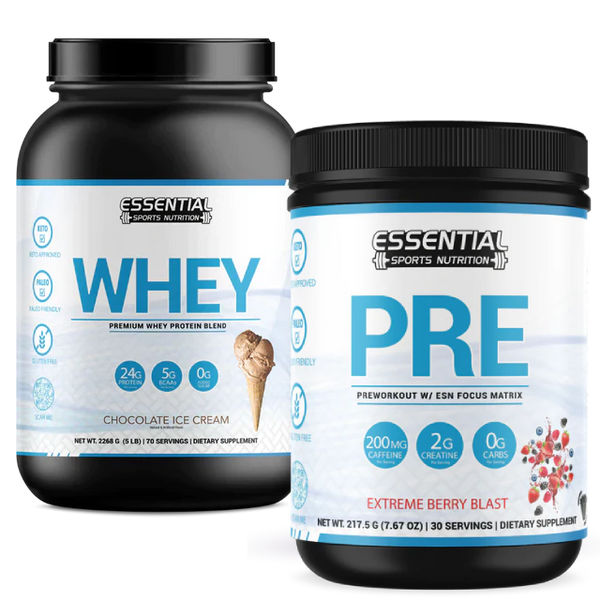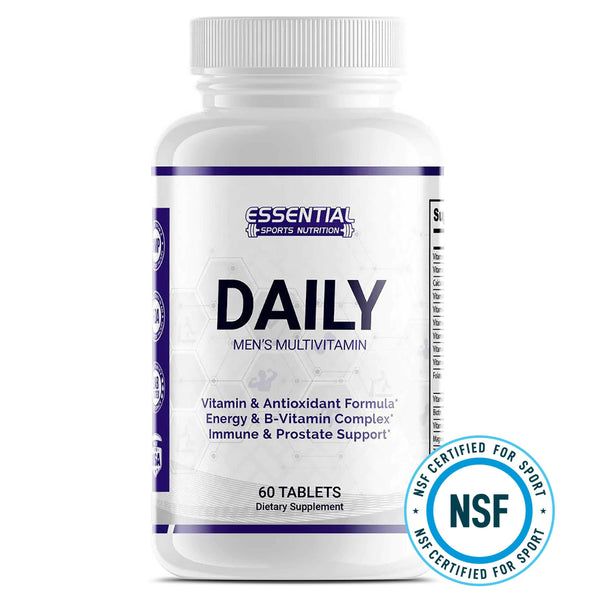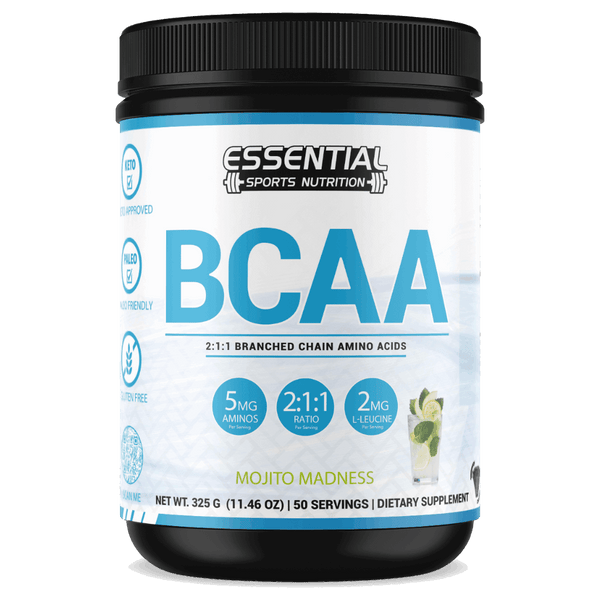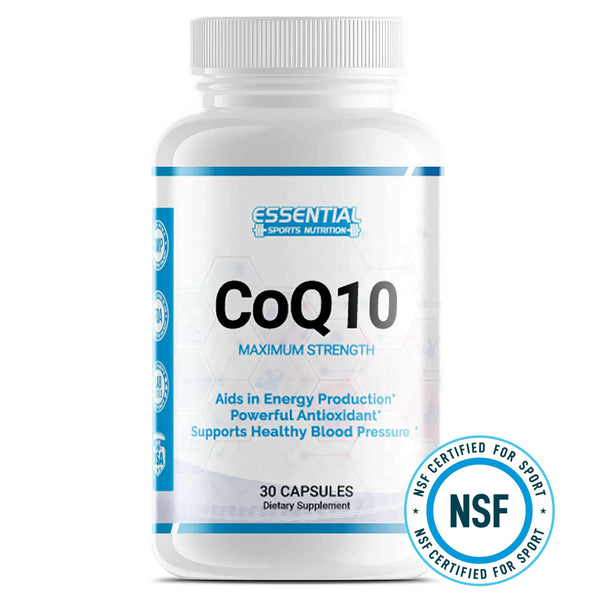Atkins Diet: Understanding the Pros and Cons of This Popular Diet
Are you struggling to find a diet that fits your lifestyle and helps you lose weight? Many people face this challenge. One popular option is the Atkins Diet, which focuses on low-carbohydrate eating.
The Atkins Diet has been shown to help with weight management without needing to count calories. Our article will help you understand the pros and cons of the Atkins Diet. We’ll outline its benefits and potential drawbacks so you can decide if it’s right for you.
Read on to learn more about how this diet works!

Key Takeaways
- The Atkins Diet focuses on low-carbohydrate eating, which can lead to quick weight loss without calorie counting.
- It allows for high-fat foods like bacon and cheese, making meals filling and satisfying.
- The diet has four phases that guide what foods to eat and how many carbs are allowed.
- Possible downsides include fatigue, constipation, and limited intake of fruits and grains, which affects vitamins and fiber intake.
- Long-term adherence can be tough due to side effects and the need for constant monitoring of net carbs.
Overview of the Atkins Diet

The Atkins Diet has gained significant attention as a low-carb diet plan that promises effective weight loss. Created by cardiologist Robert Atkins in the 1970s, this diet focuses on reducing carbohydrate intake while encouraging the consumption of proteins and fats.
Like any dietary approach, it comes with its own set of advantages and drawbacks. This article aims to provide an in-depth look at the pros and cons of the Atkins Diet.
The Atkins Diet is a popular low-carbohydrate eating plan designed to help people lose weight by shifting their metabolism from burning glucose for energy to burning stored fat. This process, called ketosis, begins when carbohydrates are significantly reduced from your daily intake.
Unlike traditional diets, there’s no need to count calories or restrict portion sizes.
Created by Dr. Robert Atkins, this diet involves four distinct phases: Induction, Balancing, Fine-Tuning, and Maintenance. These phases gradually reintroduce healthy carbs back into your meals while keeping net carbs low enough to maintain weight loss and health benefits like improved blood sugar levels and HDL cholesterol levels.
Pros of the Atkins Diet
The Atkins Diet helps many people lose weight quickly. It allows for a wide variety of tasty foods, making it easier to stick with the plan.
Effective Weight Management
The Atkins Diet helps with weight management. It focuses on reducing carbs, which can lead to quick weight loss. People who followed the Atkins Diet found it easier because they did not have to count calories.
This diet plan encourages eating foods rich in protein and fat. The clear guidelines make it simple to follow.
Followers of the diet often notice improved triglycerides and blood sugar levels. Eating a low carbohydrate diet can result in better control over hunger and cravings. This makes sticking to the plan easier for many people looking for effective ways to manage their weight without constant calorie tracking.
No Need to Count Calories

The Atkins Diet does not require you to count calories. Instead, it focuses on limiting carbs. This means you can enjoy high-fat foods without worrying about measuring them.
Eating fatty foods like bacon, cheese, and butter is easy and filling. The diet encourages eating these fats freely while avoiding carbohydrates. This method can help manage your weight without the hassle of calorie counting.
Satisfying Meal Options
You can enjoy many meal options on the Atkins Diet. Steak with a side of green salad makes for a hearty dinner. For breakfast, eggs cooked in butter or olive oil are filling and tasty.
Snacks include nuts like almonds and walnuts, which provide healthy fats. Fish, such as salmon or tuna, paired with leafy greens offers a satisfying lunch option. These meals keep you full without counting calories.
This means you stay satisfied while managing your weight effectively.
Clear Dietary Guidelines

The Atkins Diet provides clear dietary guidelines. It has four phases: Induction, Balancing, Pre-Maintenance, and Maintenance. Each phase outlines what foods to eat and how many carbs are allowed.
In the Induction phase, you can eat protein-rich foods like meat and eggs but must avoid bread and pasta. The diet gets less strict in later phases as you add more healthy carbs back into your diet.
These clear steps make it easy for followers to stick with the plan without counting calories or fluids.
Cons of the Atkins Diet

The diet limits fruits and grains, which are essential for vitamins and fiber. Possible side effects include fatigue and constipation due to low carbohydrate intake.
Limited Intake of Fruits and Grains
The Atkins Diet limits fruits and grains. This means less natural vitamins, minerals, and fiber. Fruits are rich in vitamin C and antioxidants, while grains offer dietary fiber for healthy digestion.
Eating fewer carbs can lead to constipation due to low fiber intake. It's also hard to get enough nutrients like potassium from your diet if you skip these food groups. Always talk to your healthcare provider before starting any restrictive diet plan.
Possible side effects like fatigue and constipation
Eating a very low-carb diet like Atkins can cause issues. Some people feel tired or weak, especially at first. The body takes time to adjust to fewer carbs, leading to fatigue.
Constipation is another common problem. Cutting out high-fiber foods like whole grains and fruit leads to digestive trouble. Drinking more water and eating fiber-rich vegetables can help ease this side effect.
Low blood sugar may also occur, making you feel dizzy or shaky. If this happens often, talking with your health care provider is crucial.
In rare cases, kidney problems may arise due to increased protein intake on the diet. Monitoring net carbs and staying hydrated can prevent such issues.
Difficulty in long-term adherence
Sticking to the Atkins Diet can be tough over time. The limited intake of fruits and grains makes it hard for many people. This cuts out foods like berries, potatoes, and flour-based items, which are common in American diets.
Side effects also cause problems. Fatigue, constipation, dizziness, and headaches are a few examples. These issues may discourage long-term commitment to the low-carb plan. Monitoring net carbs daily adds extra stress that some find unbearable after a while.
Need for monitoring net carbs
Monitoring net carbs is key on the Atkins Diet. Net carbs are total carbohydrates minus fiber and sugar alcohols. This helps manage blood sugar levels and weight.
Low-carb diets like Atkins can cause side effects if not done right. You might feel weak, dizzy, or tired. Limiting fruits and grains means less important nutrients. Tracking net carbs can help prevent these problems while still losing weight effectively.
Conclusion

The Atkins Diet has some clear benefits. It helps with weight loss without needing to count calories. The meals are filling, and the guidelines are easy to follow. But there are downsides too.
You might face side effects like fatigue and constipation. Some people find it hard to stick with long-term.
Balancing these pros and cons is key. This diet may improve blood sugar and cholesterol levels but also cause issues like low blood sugar or kidney problems if not managed well. If you consider this diet, talk to your doctor first for advice specific to your health needs.
Finally, keep in mind that the best diet is one that you can maintain over time and supports overall health goals. Keep learning about nutrition, stay active, and make informed choices for a balanced lifestyle!
Atkins Diet Pros and Cons FAQs
Q: What is the Atkins Diet?
A: The Atkins Diet is a low-carb diet plan that emphasizes reducing carbohydrate intake while increasing fat and protein consumption. It aims to induce a state of ketosis, where the body burns fat for fuel instead of carbohydrates.
Q: How does the Atkins Diet help you lose weight?
A: The Atkins Diet helps you lose weight by restricting carbohydrates, which can lead to reduced insulin levels and increased fat burning. By following a low carbohydrate diet, your body utilizes stored fat for energy, promoting weight loss.
Q: What are the phases of the Atkins Diet?
A: The Atkins Diet consists of four phases: Induction, Balancing, Pre-Maintenance, and Maintenance. Each phase gradually reintroduces carbohydrates to determine the optimal amount for weight loss and maintenance while avoiding health problems.
Q: What foods can you eat on the Atkins Diet?
A: The Atkins Diet focuses on eating foods rich in fat and protein, such as meat, fish, eggs, dairy, nuts, and low-carb vegetables. Foods high in carbohydrates, such as grains, sugars, and starchy vegetables, are restricted.
Q: Are there any health risks associated with the Atkins Diet?
A: While the Atkins Diet has some benefits, there are potential health risks. A diet high in saturated fat may lead to cardiovascular health problems, and it is important to talk to your health care provider before starting the diet to ensure it is right for your health conditions.
Q: Can the Atkins Diet be modified?
A: Yes, the modified Atkins Diet is a less restrictive version that allows for more carbohydrates while still focusing on low-carb foods. This can make it easier to adhere to and can be beneficial for those who find strict low carb plans challenging.
Q: How does the Atkins Diet compare to a low-fat diet?
A: Unlike a low-fat diet, which emphasizes reducing fat intake, the Atkins Diet promotes a high-fat intake while limiting carbohydrates. This approach can lead to different metabolic responses and weight-loss outcomes.
Q: What should I consider before starting the Atkins Diet?
A: Before starting the Atkins Diet, consider your current health status, weight-loss goals, and any existing health conditions. It is advisable to consult with your healthcare provider to ensure that this type of diet is appropriate for you.
Q: How do I transition back to my regular diet after the Atkins Diet?
A: Transitioning back to your regular diet should be done gradually by slowly adding carbs back into your diet. This approach can help you maintain weight loss and avoid weight gain while still enjoying a balanced diet.























